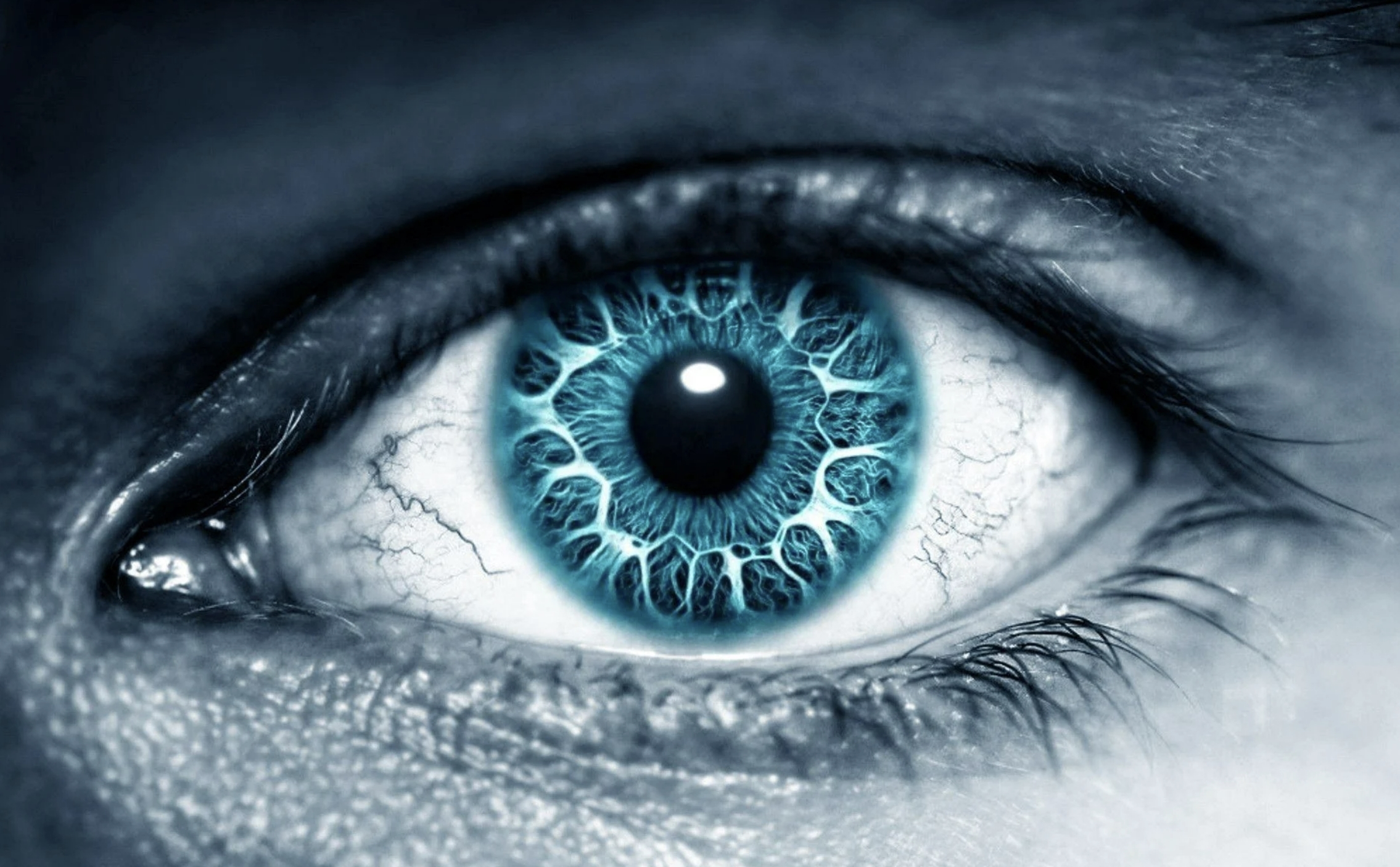Blue light has a direct impact on the health of our eyes. However, the use of various electronic devices emitting “blue light” such as smartphones, tablets, laptops and televisions is an inevitable part of our daily lives. In the following lines, we will consider important aspects such as its influence on vision. We will present you with the negative consequences of prolonged exposure to its effects, as well as practical advice for maintaining eye health during daily use of electronic devices.
What is blue light and how does it affect eye health?
Blue light is part of the visible spectrum and is characterized by extremely short wavelengths of radiation. It is emitted by both sunlight and artificial light sources such as the electronic devices we use every day such as smartphones, computers, televisions and LED lighting.
Impact on the eyes and their health
Blue light has short wavelengths and high energy density, which can cause some unwanted effects on the eyes. When the eyes are exposed for an extended period of time to blue light, it can penetrate deep into the eye, reaching the retina.
This prolonged exposure to artificial blue light exposure leads to eye fatigue characterized by blurred vision, dryness and discomfort in the eyes. Some studies show that long-term exposure to blue light can affect the health of the retina and accelerate the aging process of the eyes.
Mechanism of action
- Oxidative stress: Blue light generates free radicals that cause oxidative damage to cells in the retina.
- Effect on melatonin: Evening exposure to blue light leads to disturbances in the production of melatonin, which is responsible for regulating circadian functions. This leads to sleep disturbances and an increase in the risk of diseases related to it. Irregular or insufficient sleep can worsen the function of the eyes by increasing the risk of dryness, tension and can even worsen their general health.
The effects of long-term exposure to blue light
Prolonged exposure to electronic devices can lead to severe eye fatigue and strain. This is often expressed through dryness, irritation, discomfort, sometimes even pain. A medical concept has been introduced for this problem with long-term exposure of the eyes to the harmful effects of blue light, the so-called Digital Eye Strain (DES). Its common symptoms include headaches, trouble focusing, blurred vision, discomfort, or it can even sometimes lead to migraines.
Some research shows that overexposure to blue light is linked to more serious problems such as macular degeneration or retinal damage, which can lead to reduced visual acuity.
Techniques for maintaining optimal eye health
- Using special applications and filters: Various applications and software filters can reduce the amount of blue light emitted by screens by changing the color temperature of the screen and making it warmer.
- Night mode on devices: Many smartphones and computers offer night mode features that reduce blue light emission after a certain hour. This helps preserve circadian rhythms and improve sleep quality, which in turn preserves eye health.
- Using screen filters, apps and accessories: There are now filters and protectors for device screens that block or absorb some of the blue light before it reaches the eyes.
- Some companies offer their employees special glasses with filters that block or reduce blue light before it reaches the eyes.
- Software applications have also been developed to reduce harmful radiation from device screens. Some of the most popular ones include “f.lux”, “Twilight” for Android smartphones and “Night Shift” for Apple devices.
These accessories and technical settings not only reduce the impact of blue light on the eyes, but also support a healthier circadian rhythm and optimize sleep quality.
Healthy habits and techniques to help the condition of the eyes
Eye health is important to our normal daily lives, it affects the way we live, work and our ability to enjoy the world around us. Healthy habits to help your eyes include:
- regular breaks when working with screens,
- proper lighting in the workplace,
- correctly setting the brightness of the screens,
- eye exercises.
These simple but effective techniques can reduce the strain on the eyes and support their health. Eye care is also an important investment in our overall well-being. Eye health not only improves the quality of our vision, but also affects our mood, energy and ability to effectively handle our daily tasks.
Here are some simple techniques and foods that we can easily incorporate into our daily lives:
- Specific foods and means to help eye health:
- Green leafy vegetables: Spinach, kale, apricots, egg yolks, broccoli and other foods contain lutein and zeaxanthin. These two essential antioxidants effectively support retinal health by filtering out harmful light, including blue light.
- Fish and Omega-3 Fatty Acids: Fish and seafood are a good source of omega-3 fatty acids, which are beneficial for eye health.
- Antioxidants: Foods rich in vitamins C and E, such as citrus fruits, nuts and seeds, can be good for the eyes by protecting cells from oxidative damage.
- Eye drops with hydrating ingredients: These drops help to restore the natural moisture in the eyes, which is beneficial during prolonged use of screens and exposure to blue light.
- Drops with antioxidants such as lutein and zeaxanthin: If you are unable to obtain these important eye health antioxidants through food, there are eye drops on the market that contain them. They are intended to protect the eyes from the harmful effects of blue light.
The market can also offer us a wide variety of food supplements containing all the macronutrients mentioned above to effectively protect the health of our eyes.
Useful practices and exercises
- Proper hydration: Keep your body well hydrated as even mild dehydration can lead to dry and strained eyes.
- Rests and eye exercises: Regular rests and eye exercises such as focusing into the distance for a minute or two can help relax the eyes.
- The 20-40-20 rule: Take breaks every 20 minutes, focus on a point about 40 cm away for 20 seconds to relax your eyes.
- Good lighting and posture: Make sure you have adequate lighting, avoid looking at screens from too close a distance, and maintain proper body and head position.
- Using these techniques in everyday life will have a positive impact on eye health and help maintain good vision.
Conclusion
Scientific research continues to discover more and more interesting facts related to the harmful effects of blue light on the eyes. This type of light emitted by electronic devices such as computers, phones and LED lighting can have negative effects on our vision.Implementing simple but effective eye care strategies can have long-term positive effects on our vision. For example, the use of special filters or device settings that reduce the emission of blue light can help protect the eyes from negative influences. In addition, taking regular breaks from working with screens and using special glasses with an anti-reflective coating are among the beneficial practices to support eye health. It is important to be well aware of the potential risks associated with blue light and take the necessary steps to protect our eyes.

